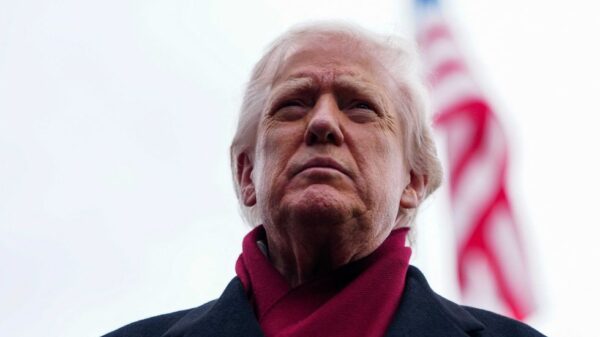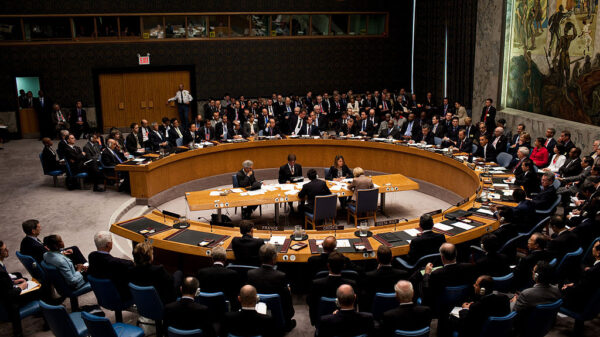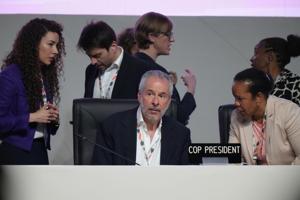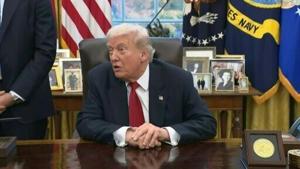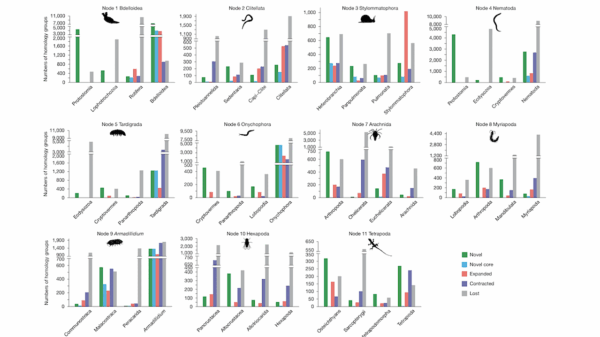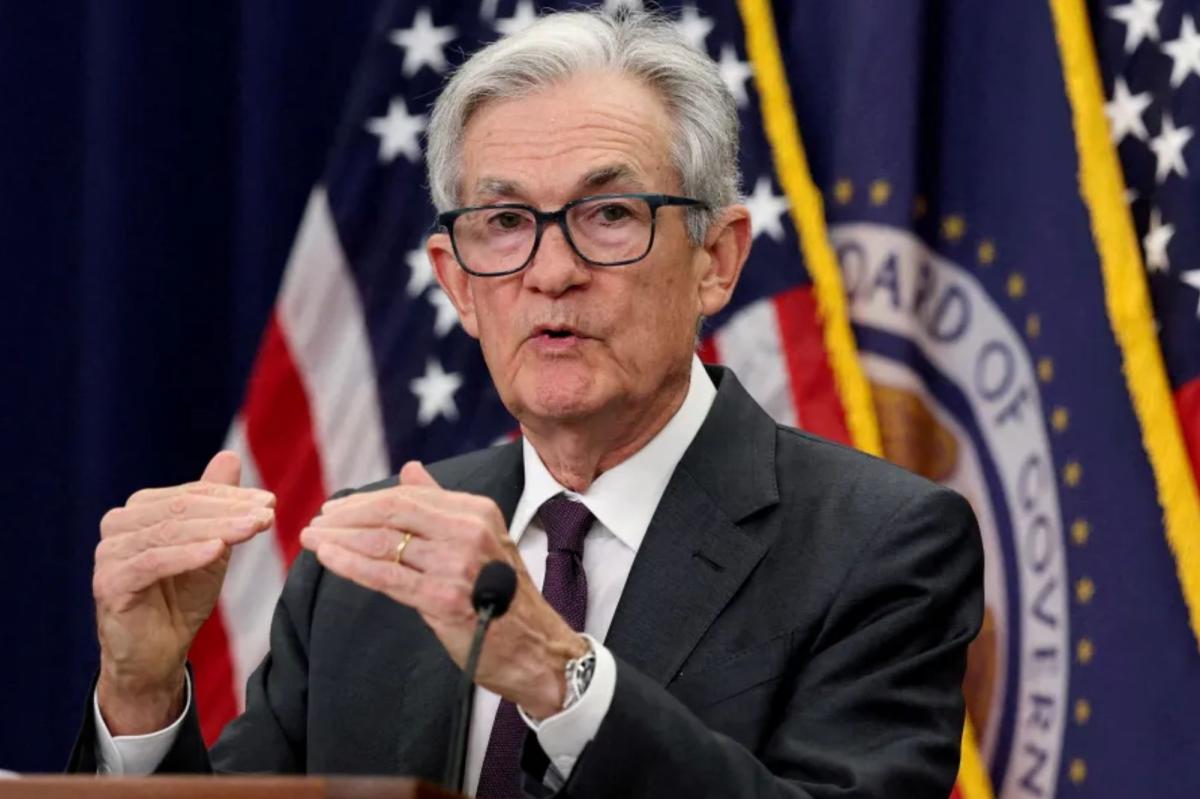The Federal Reserve announced a reduction in interest rates by a quarter point, reflecting growing concerns about the stability of the U.S. job market. In a decision made on September 20, 2023, twelve members of the central bank voted, with eleven supporting the standard cut. This shift marks a significant moment as economic indicators suggest that job growth may not be as robust as previously thought.
Chairman Jerome Powell has faced scrutiny throughout the year, particularly from former President Donald Trump, who has criticized the Fed for not lowering rates sooner. The only dissenting vote came from Stephen Miran, who recently transitioned from serving as Trump’s economic adviser to a governor position at the Fed. Miran advocated for a more aggressive half-point cut, indicating a sharp divergence in views among central bankers.
Central bankers have been cautious about rate cuts, primarily due to fears that increasing tariffs could reignite inflation. Despite these concerns, consumer spending has remained strong, even in the face of tariffs imposed by the previous administration. Powell described the recent decision as a “risk-management cut,” emphasizing the need to address the shifting landscape of risks to the labor market, particularly following significant downward revisions in job growth data earlier this month.
Future Outlook and Rate Projections
Looking ahead, a narrow majority of Fed members anticipate the possibility of two additional rate cuts before the end of the year. Powell’s remarks during his address at the Jackson Hole economic symposium last month hinted at these considerations, as he highlighted the evolving economic conditions that require careful monitoring.
The decision to cut interest rates aims to stimulate economic activity and provide some relief to the labor market, which has exhibited signs of wobbling. The Fed’s actions reflect a broader strategy to navigate the complexities of the current economic landscape while balancing the dual mandates of promoting maximum employment and stabilizing prices.
As the situation develops, the Federal Reserve will continue to assess its policies in relation to the job market and inflation trends. The central bank’s commitment to transparency and proactive adjustments indicates a willingness to adapt to changing economic realities, underscoring the importance of careful economic stewardship in uncertain times.




